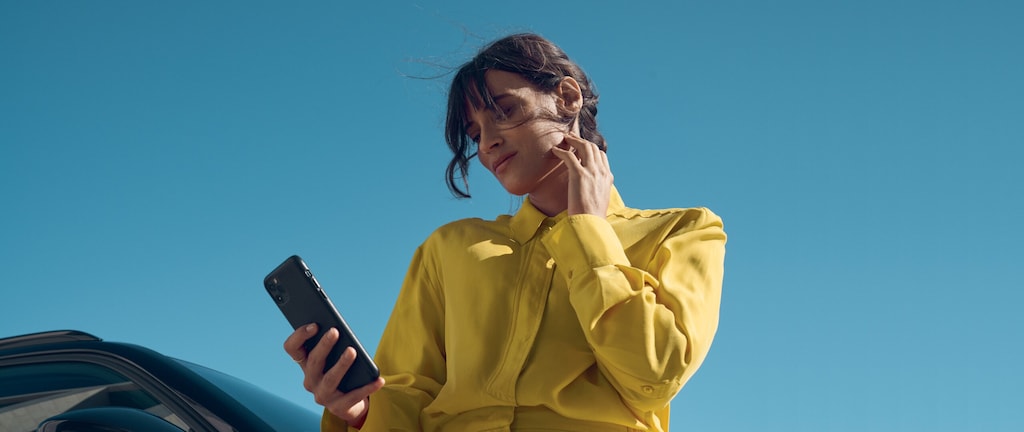November 21, 2022
7 minute read
PEUGEOT AND FOCAL HIGH FIDELITY: AN ALLIANCE OF PASSION AND KNOW-HOW
You are both sound specialists, can you tell us a bit more about it?
Step 1: Creating a sound experience
G. B-D. “We are involved from the very beginning of a new vehicle project to define, with the product teams, the type of sound solution it will be equipped with (speakers and functionalities such as the surround function, bass enhancement, etc.).
Unlike other brands which, for example, target an older audience with a more comfortable listening experience, PEUGEOT's audio is more incisive, more marked the image of the design of the new vehicles. We try to transcribe this in terms of identity and sound signature.”
E.D.: "What is important in sound is also what you don't hear. Silence also gives rhythm and enhances what we are listening to. With Focal, our job is to respect the technical requirements to stage the sound atmosphere and the objects that carry the sound."
G. B-D. “We don't try to be neutral, it's not like listening in a music studio. At Focal, our sound signature is characterised as follows:
- Bass articulation: the low notes are present but controlled and comfortable;
- The highlighting of voices and certain instruments so that they stand out in the vehicle;
- The extreme frequencies (very high) give a greater impression of space and increase the definition of the timbres of the various instruments. All of this adds richness to the sound.
These fundamental bases are adapted according to the vehicle. For example, the PEUGEOT 308 has a Focal Premium Hi-Fi System with 10 new generation speakers, a new subwoofer and reinforced amplification. The speakers incorporate exclusive Focal technologies for a pure and detailed sound on board. You won't find exactly the same sound system in any other vehicle. However, whatever the vehicle, the brand's sound identity is always recognisable. A PEUGEOT always "sounds" the same!”

Stage 2: Speaker design, development and validation
E.D.: "Hi-Fi is also about the objects that carry the sound. The sound adventure is truly multi-sensory. The sound is the final objective, but the passenger's overall experience is also based on a specific sound environment: turning a volume knob, adjusting the different bass levels, observing the rhythms on a screen. People take ownership of the experience: we offer them an object that will adjust to their uses and desires. That's what it's all about.”

Step 3: The vehicle's sound system
E.D.: "Today, you need rigidity to hold the speakers. We need to fix things as much as possible: for example, a car door is a mobile element that needs to be made "rigid". There is also a question of visibility. A car interior should be like a canopy with light and visibility. You have to manage to place the sound objects so that they don't take up space in the storage area, for example. We always find a win-win solution to find the right equipment without encroaching on other aspects of the cockpit. You don't just make music, you also drive! The balance is different for each car because the users are not the same.”
Step 4: Finalisation







